Rotifers are microscopic filter feeders that play a key role in aquarium ecosystems, especially as a nutritious live food for fish larvae, corals, and other small invertebrates. But what do rotifers themselves eat in aquariums, and how can you keep them healthy and highly nutritious for your tank inhabitants? Understanding their diet is essential for anyone culturing rotifers or using them as live feed. If you’re new to live foods, see our Top 5 Live Feeds for Thriving Reef Tank Ecosystems for an introduction.
What Do Rotifers Eat?
In aquariums and culture systems, rotifers are efficient filter feeders that consume a variety of microscopic foods:
- Microalgae (Phytoplankton): The most important and nutritious food for rotifers is live microalgae, such as Nannochloropsis, Isochrysis, Tetraselmis, Chlorella, and Dunaliella. These microalgae are rich in proteins, fatty acids, and vitamins that support rapid growth and reproduction.
- Commercial Rotifer Feeds: Specially formulated feeds like Rotigrow and RGcomplete are designed to provide complete nutrition for rotifers, supporting high-density cultures and maximizing their nutritional value as live food.
- Phytoplankton Blends: Products such as PhycoPure™ Reef Blend and PhycoPure™ Green Water are popular choices for culturing and enriching rotifers in both home and professional setups.
- Bacteria and Organic Detritus: Rotifers will also consume bacteria and organic particles suspended in the water, helping to polish and clarify the aquarium environment.
Why Rotifer Diet Matters
The food you provide to rotifers directly determines their nutritional value for your aquarium. Well-fed rotifers are packed with protein, essential fatty acids (like HUFAs), and vitamins, making them a powerhouse food for fish fry, corals, and filter feeders. If rotifers are underfed or fed only a single food source, their nutritional profile-and the health of your tank-can suffer. For more on the importance of live food nutrition, see our Live Rotifers for Sale: Ultimate Aquarium Nutrition Guide.
- Feed rotifers a mix of live microalgae and commercial feeds for optimal nutrition.
- Gut-loading rotifers before feeding them to your aquarium boosts their value for fish and corals.
- Monitor water quality in rotifer cultures to prevent overfeeding and maintain healthy populations.
How to Feed Rotifers for Maximum Nutrition
- Keep the Water Lightly Tinted: When culturing rotifers, add enough phytoplankton to keep the water a light green. This ensures a continuous supply of food without polluting the culture.
- Use Multiple Food Sources: Combine different types of microalgae and commercial feeds to provide a broader range of nutrients.
- Enrich Before Feeding: Gut-load rotifers with nutrient-rich microalgae like Isochrysis or a product like PhycoPure™ Reef Blend for several hours before adding them to your aquarium. This ensures your fish and corals receive the maximum benefit.
- Maintain Clean Cultures: Regularly clean rotifer culture vessels and perform partial water changes to remove waste and maintain healthy populations.
Natural Feeding in the Aquarium
Once introduced into your tank, rotifers will continue to feed on suspended microalgae, bacteria, and organic particles. This makes them a micro-cleanup crew, helping to polish the water and support a balanced ecosystem. For more on optimizing rotifer diets and their role in aquarium nutrition, see Understanding the Best Rotifer Diet for Aquariums.
| Food Source | Benefits | Status |
|---|---|---|
| Live Microalgae | Rich in nutrients, supports rapid growth | Optimal |
| Commercial Feeds | Balanced, easy to use, high density | Optimal |
| Bacteria/Detritus | Supplemental, helps water clarity | Supplemental |
Common Mistakes to Avoid
- Overfeeding microalgae, which can cause cloudy water and ammonia spikes.
- Using only one type of food, which limits nutritional diversity.
- Neglecting water changes in rotifer cultures, leading to poor health and die-off.
- Not gut-loading rotifers before feeding them to your aquarium.
“Rotifers are only as nutritious as what they eat. By feeding them a rich, varied diet, you turn them into a powerhouse food for your aquarium’s most delicate inhabitants.”
Conclusion
Rotifers eat microalgae, commercial rotifer feeds, bacteria, and organic detritus in aquariums. By providing a diverse, nutrient-rich diet and gut-loading before feeding, you ensure rotifers deliver maximum nutrition to your fish, corals, and invertebrates-supporting healthy growth, vibrant coloration, and a balanced aquatic ecosystem.
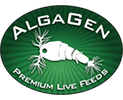


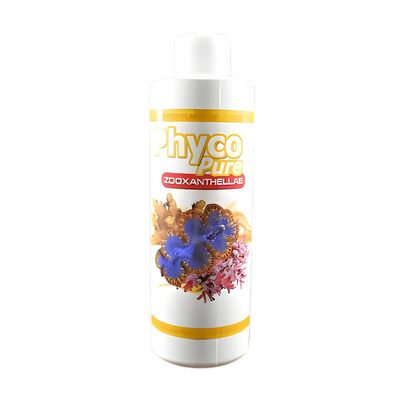
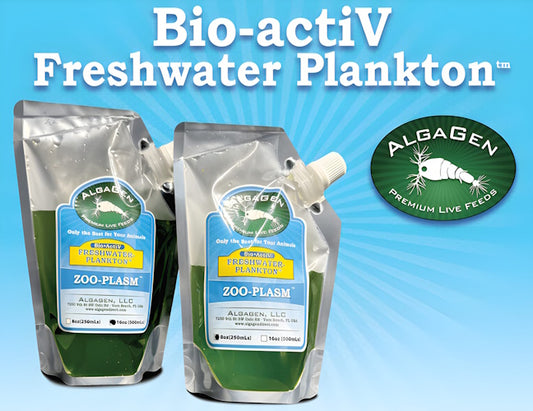
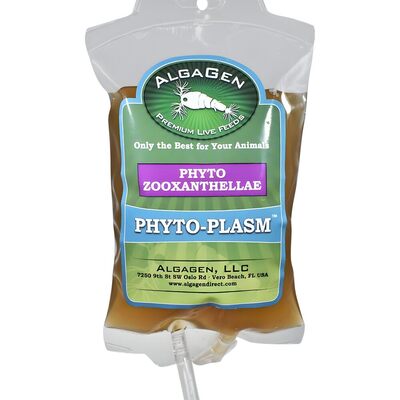
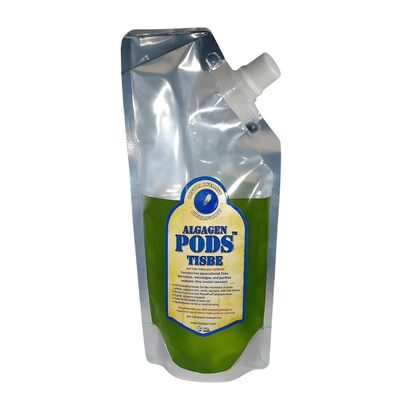
Recent post